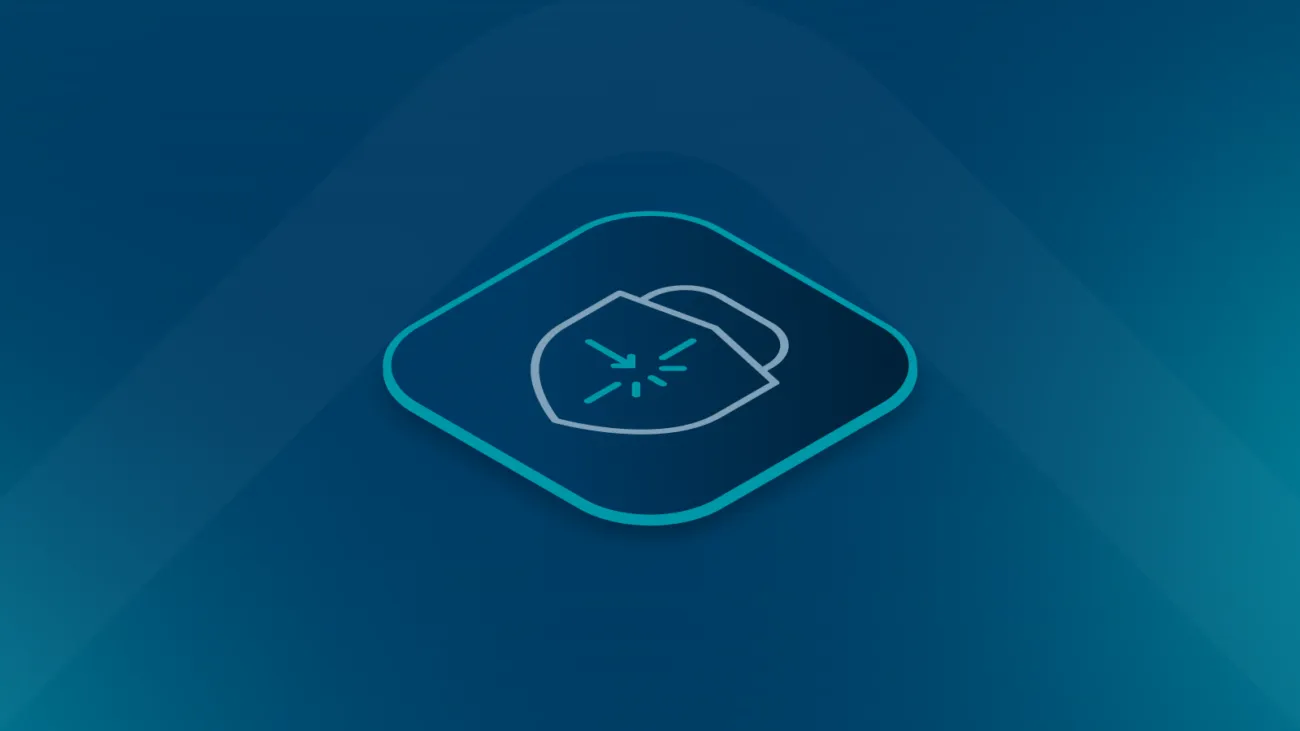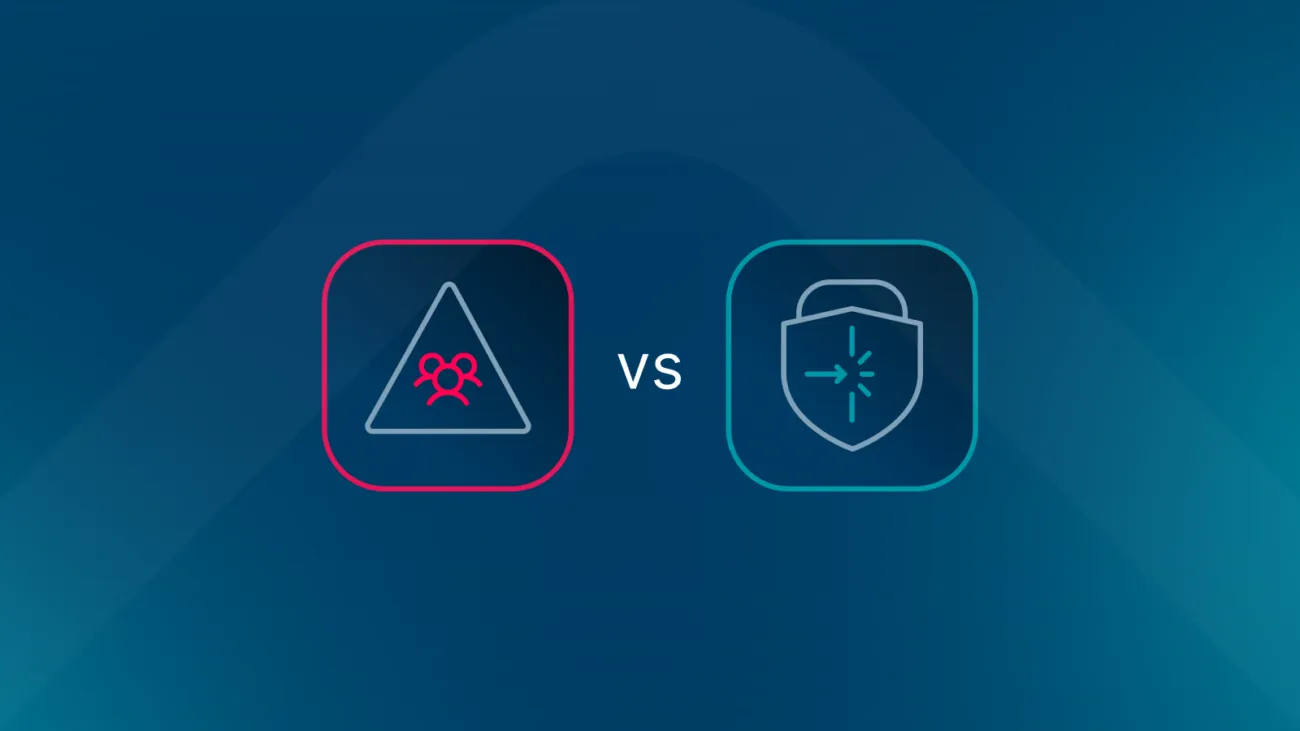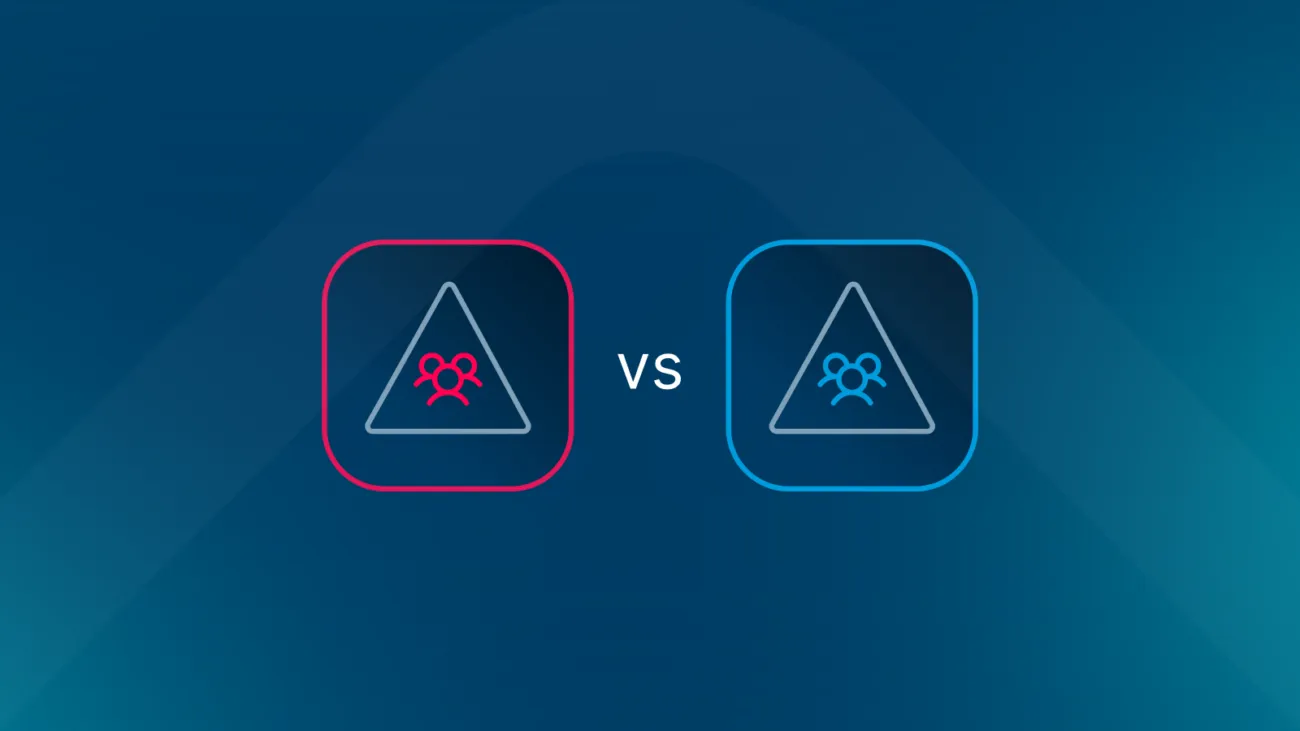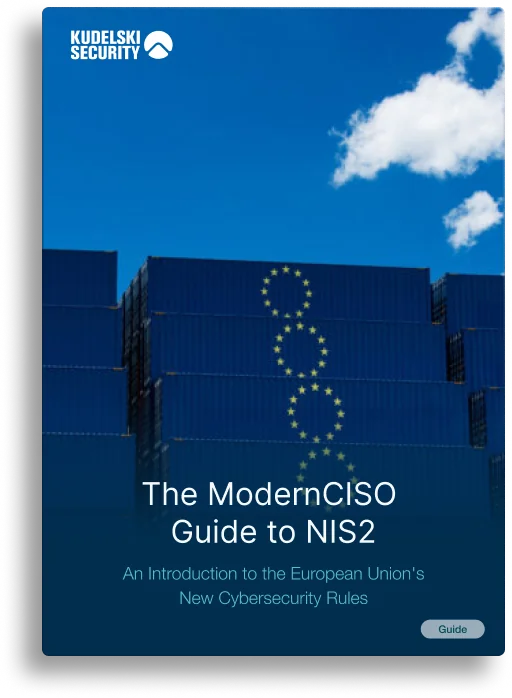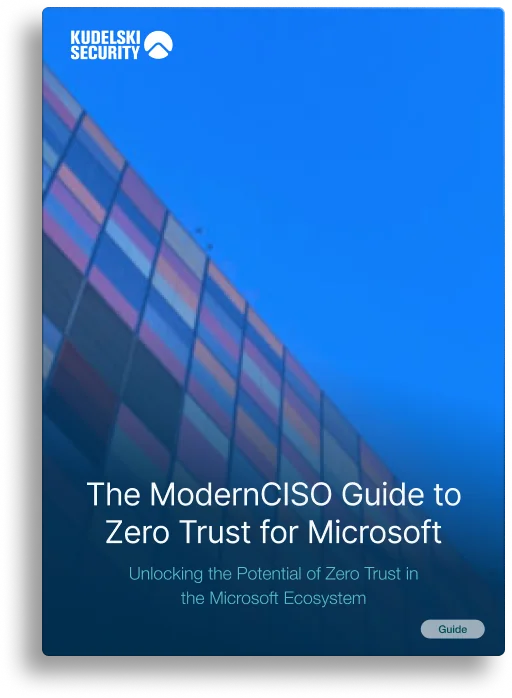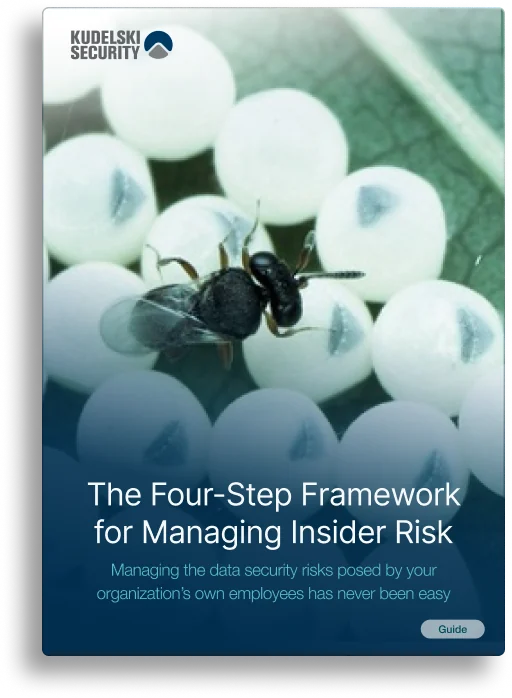Risk-Based Vulnerability Management That Reduces Real Exposure
Vulnerability Management is no longer a numbers game. Remediating long lists of vulnerabilities with high CVSS scores does not necessarily equal lower risk. The new goal is simple. Identify and fix the few issues that can truly disrupt the business and prove that your exposure is shrinking.
In our recent ModernCISO webinar, we laid out a practical path for a Risk-Based Vulnerability Management program that blends asset context, exploit intelligence, and workflow integration. The result is a program that prioritizes what matters most, closes the loop with technical asset owners, and shows measurable progress that leaders can trust.
Why Risk-Based Vulnerability Management Matters Now
Mainstream headlines show how a single flaw can ripple across entire ecosystems. The MOVEit supply chain incidents touched hundreds of organizations and tens of millions of people, with analysts estimating nearly forty million individuals affected within months of the first disclosures.
London hospitals were forced to cancel almost 1600 procedures and appointments in the first week after the Synnovis ransomware attack which underlines that cyber risk has real world consequences for patients and clinicians. Business impact is not theoretical either. After a major cyber event in 2023, Clorox warned of a quarterly loss due to production outages and supply disruption. More broadly, reported U.S. data breaches rose to a record 3,205 in 2023, up 78% from 2022.
Where Traditional Programs Break Down
Many teams still sort their work by CVSS alone. That leaves out the realities that determine risk, such as whether an asset is internet facing, whether it supports a critical business service, whether viable exploits exist, and whether compensating controls are already in place. The outcome is an overloaded queue where roughly twenty to twenty five percent of findings land in the critical or high bucket, which is unworkable at enterprise scale.
Blanket service levels also cause friction. A promise to remediate every critical issue in forty-eight hours can be realistic for a workstation update but rarely fits a bespoke web application owned by a third party. One timeline for all asset types invites missed KPI commitments and cross-functional frustration.
Communication is the third gap. Emailing raw lists and hoping for action does not work. Remediation owners need clear tickets that include business impact, rationale for risk, recommended fixes or compensating controls, and realistic timeframes. Those tickets should flow into the same tools IT teams and developers already live in.
What a Risk-Based Program Looks Like
A risk-based approach starts with context. Classify assets with the business: Who owns the system? What process does it support? What data does it hold? Is it exposed to the internet? Then, combine that context with exploit intelligence and with visibility into the controls you have in place.
This blend points teams at the few issues that actually reduce enterprise risk, rather than the many that only change a score. Clients that adopt this model often reduce the proportion of critical and high vulnerabilities from the twenty percent range toward single digits, which makes the workload actionable.
Automation shifts time from finding to fixing. Endpoint discovery and scanning can be largely automated. Web applications need more care to configure yet still benefit from consistent schedules and tuned scans. Ticket creation and status sync can be automated through platform APIs into the service management system so security can focus on guidance and validation.
An Architecture That Supports Outcomes
Think in three lanes. On the left sit sources of truth. Network and agent-based scanners. EDR and XDR platforms. Pen tests and code reviews. External attack surface discovery. OT and IoT visibility.
In the middle is a platform that unifies assets and findings and applies a common risk-based prioritization.
On the right are your Configuration Management Database (CMDB) and your service management platform with two-way integration. This loop enriches a messy CMDB with observed assets and makes vulnerability work visible where owners already operate.
Operational technology deserves special care. Some production systems cannot be patched. In those cases, compensate with strict segmentation, access control, and continuous monitoring so the business can safely accept time- bound residual risk while plans progress.
How to Make the Shift Without Big Bang Disruption
Begin where risk is most visible. Focus first on internet facing assets so quick wins build momentum. At the same time, agree on asset criticality with business owners and keep that view current. This single source of truth strengthens SOC triage and informs rebuild plans during incidents.
Create a first class exception process with clear criteria, explicit expirations, and scheduled reviews. Replace static reports with live dashboards so leaders and operators share the same real time picture of posture and progress.
Tune the operating model to fit reality. Set service levels that match each asset class and ownership model. Partner with application owners so configuration changes and code fixes move through planned releases rather than last minute emergencies.
Use automation for ticketing and validation. Open well structured tickets that include owner, asset, business impact, risk rationale, and the recommended fix, then automatically confirm completion. Measure time to remediate for actively exploited items and the percentage of critical assets operating under exception. These two metrics show whether exposure is trending down and whether the program is delivering lasting improvement.
Metrics That Matter to Executives and Operators
Executives want a clear picture of risk rather than a wall of numbers. Show how much of the vulnerability landscape is being actively exploited and how many critical assets are running with accepted exceptions. Put those figures on trend lines so leaders can see whether exposure is rising or falling over time and whether decisions are moving the needle.
Operators need guidance that turns intent into action. Build work queues that align to business services and named owners, and include the business impact, the risk rationale, and the recommended fix.
Track completion against your service levels to see where the process stalls. Monitor the share of assets that cannot be patched and confirm that compensating controls are in place and tested. Together these views keep strategy and execution connected so the program can prove progress.
How Kudelski Security Helps You Accelerate
Tools are essential, yet programs deliver outcomes. Risk- based vulnerability management is a disciplined program that uses technology to focus effort where it lowers exposure the most. Kudelski Security builds the foundation with visibility and prioritization, then strengthens it with external attack surface monitoring and web application testing.
Our global team brings analysis, prioritization, workflow integration, and practical remediation support. We integrate with platforms you already use, connect findings to owners through your service management system, and validate that fixes hold. The result is a program that moves at your pace and demonstrates real reduction in risk.
The Takeaway for Modern CISOs
Attackers choose the easiest path. Recent incidents show how one unpatched flaw or one weak supplier can trigger cancellations, production outages, and reputational damage. MGM Resorts spent days restoring systems and projected a hit of more than one hundred million dollars from its 2023 breach. The Change Healthcare attack disrupted pharmacy and hospital workflows across the United States which affected patients and cash flow for providers.
The path forward is clear. Build a program that knows which assets matter most, prioritizes weaknesses that adversaries are exploiting now, automates clean handoffs to accountable owners, and validates that exposure goes down after each change. That is how you move from counting fixes to proving outcomes.
Are you ready to align remediation with business impact and get ahead of the next headline? Kudelski Security can help you design and run a risk-based vulnerability management program that fits your environment and your pace.
Contact our team today to discuss your goals or explore how our services can accelerate your next step.





